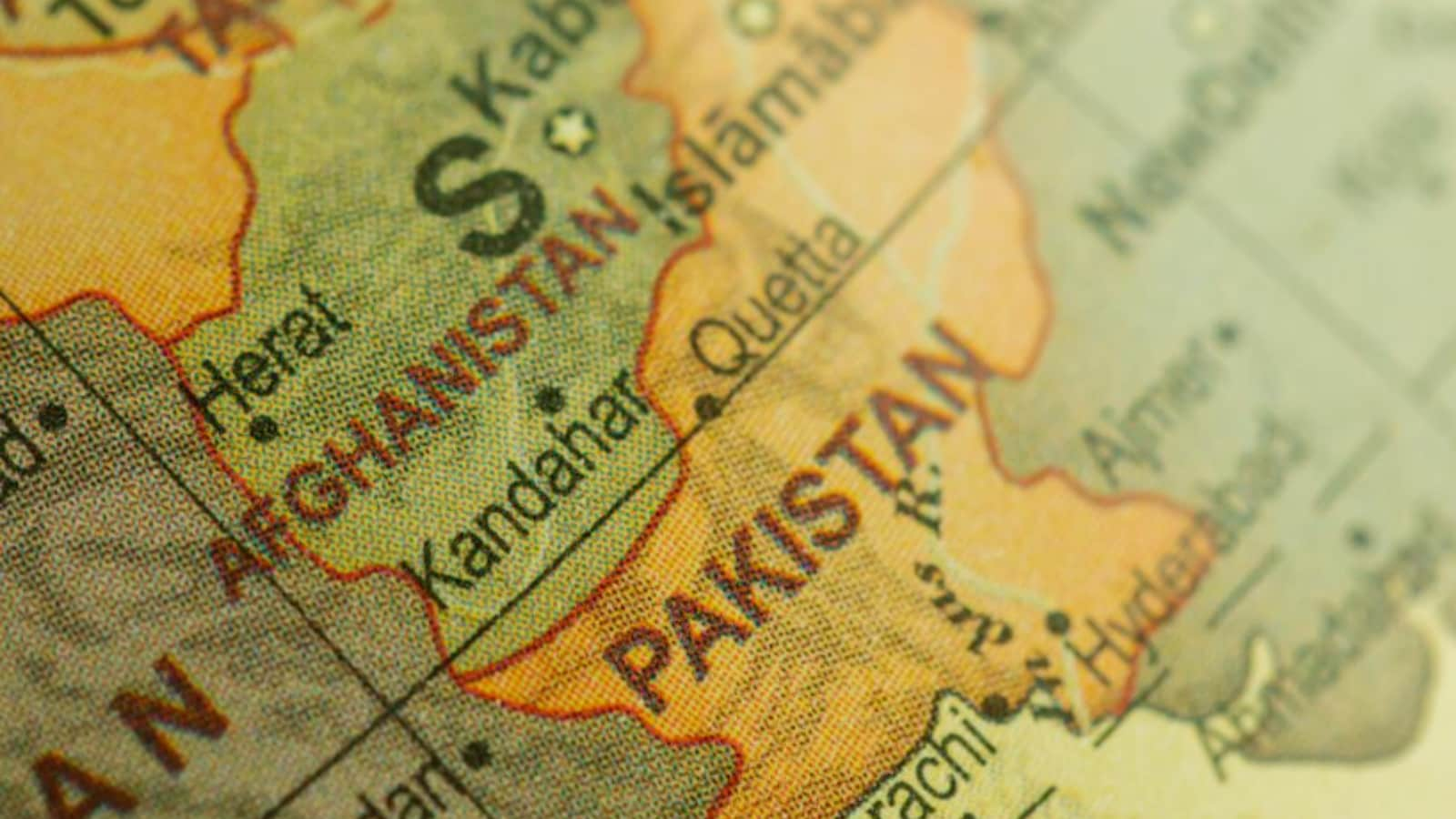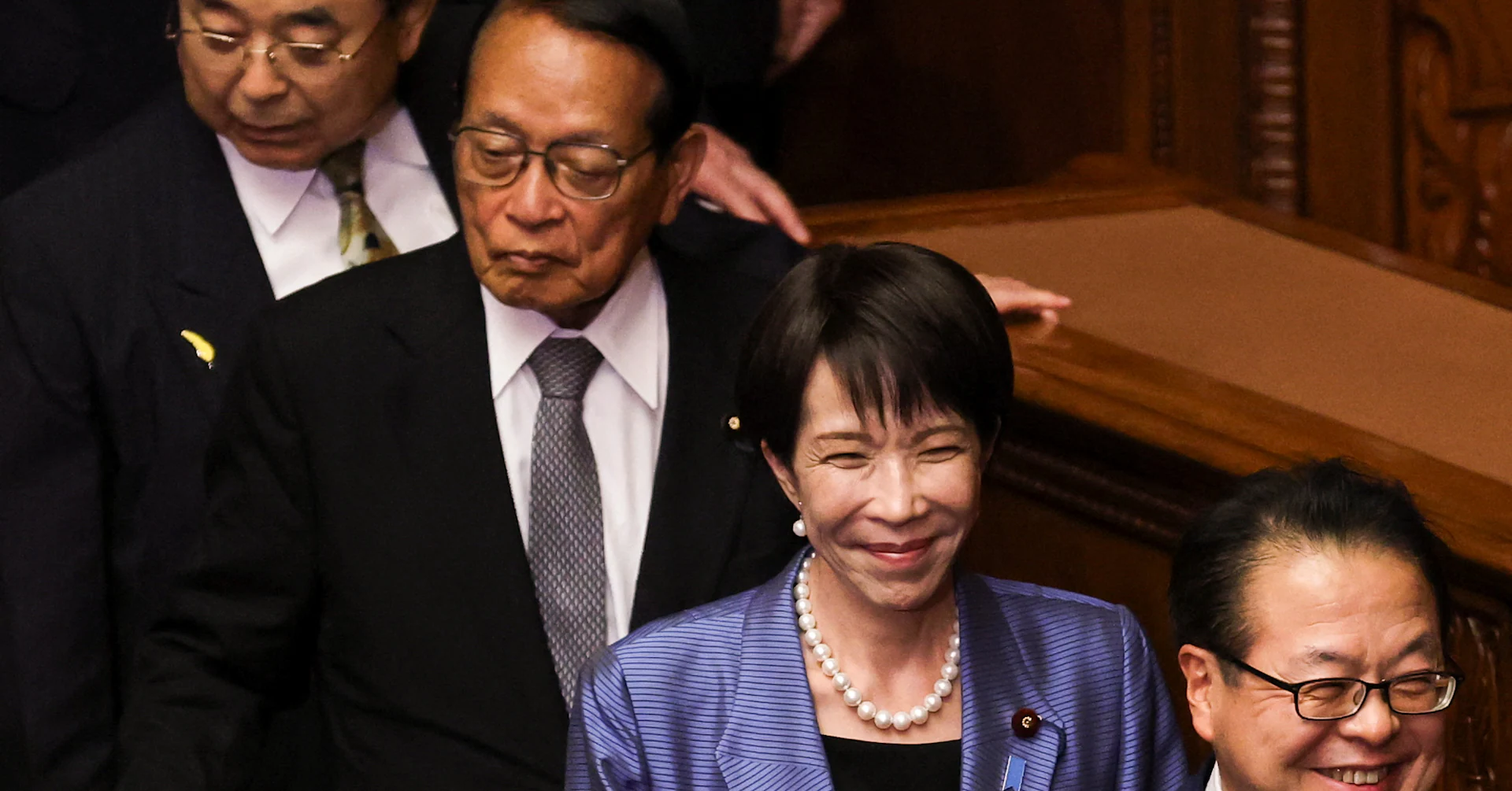Copyright news18

When Pakistan’s military ruler General Zia-ul-Haq conceived the doctrine of strategic depth in Afghanistan in the 1970s, it was presented as a master vision that would finally secure Pakistan’s western frontier and gain a psychological advantage against India. But four decades later, that vision has collapsed under its own contradictions. What was once imagined as a growing geopolitical expansion of Pakistan in Central Asia and a shield against India has become a wound that is mortally festering at Pakistan’s core. Afghanistan, instead of being Pakistan’s envisioned strategic depth, has turned into its strategic death. The Roots of an Illusion Pakistan’s obsession with Afghanistan began not with Zia, but much earlier. The roots lay in the early 1950s and 1960s when Afghanistan persistently questioned Pakistan’s territorial integrity. Kabul from early on started laying claims over the Pakistani-controlled North-West Frontier Province (NWFP) and parts of Balochistan, arguing that Pakistan’s Pashtun belt, overwhelmingly aligned ethnically with Afghanistan, should have the right to opt for independence or merge with Afghanistan. The disputes escalated into diplomatic ruptures, leading to the severance of diplomatic relations twice, in 1955 and then again in 1962. Haunted by these claims, Pakistan’s military establishment began to view Afghanistan less as a neighbour and more as a potential threat. Thus, when the Soviet Union invaded Afghanistan in 1979, Pakistan’s military establishment—then under military dictator General Zia-ul-Haq—saw an opportunity to reshape the region in its favour. General Zia, buoyed by U.S. and Saudi funds, saw the Afghan jihad not merely as a religious war but also as a significant geopolitical project. His goal was to install a pliable, pro-Pakistan regime in Kabul that would forever neutralize Afghanistan’s irredentist claims. The concept of strategic depth soon took shape. Zia’s military strategists argued that Pakistan’s elongated geography—narrow in the east, with little hinterland to fall back upon—had left it vulnerable to India. A friendly Afghanistan, they reasoned, would give the Pakistani army the strategic space to regroup in case of a prolonged Indian invasion. Even more ambitiously, Pakistan envisioned Afghanistan as a base from which to train and arm insurgents under its doctrine of bleeding India through a thousand cuts. But as Pakistani scholar Eqbal Ahmed once warned, this very strategy was “a country caught in an iron web of wrong assumptions, maginotic (magic-believing) concepts, failed policies, fixed postures, and increased sectarian violence.” The Mirage of Strategic Depth The idea of using Afghanistan as an extended zone ignored a basic truth: the true security of a stable nation arises from internal stability, economic resilience, education, and peaceful regional relations—not from proxy wars and militant puppets. Pakistan’s militarised approach, rooted in paranoia and radical ideological zeal, blinded it to this truth. Initially, raising radical religious militant leaders like Gulbuddin Hekmatyar—who, along with other warlords, led the Afghan jihad against the Soviet Union—Pakistan later tried to manage the fragmented jihadist groups through the creation of the Taliban. The Taliban, raised largely in Pakistan-based madrassas, were overwhelmingly Pashtun, religiously hardline, and initially completely dependent on Pakistan’s patronage. Islamabad believed that once firmly in power in Kabul, they would recognise the Durand Line—the colonial border that no Afghan government till then had ever accepted. Pakistan also believed a pro-Pakistan government would suppress Pashtun nationalism that threatened Pakistan’s own unity. But the Taliban had other plans. They refused to play along. Not only did they decline to recognise the Durand Line, but they also fostered Pashtun nationalism of an Islamic character that seeped into Pakistan’s own Pashtun areas. Worse still, the Taliban began giving sanctuary and support to violent Sunni extremist groups in Pakistan—such as Lashkar-e-Jhangvi and Sipah-e-Sahaba—that unleashed waves of sectarian violence, targeting Shias and other minorities while openly challenging the Pakistani state itself. Instead of exporting radicals outward, Pakistan found itself absorbing them inward. The “strategic depth” in Afghanistan had inverted, and Pakistan was now the rear base for the Taliban’s ideological and militant expansion. As French scholar Olivier Roy aptly warned in 1997, “The de facto absorption of Afghanistan will accentuate centrifugal tendencies within Pakistan.” His words proved prophetic. The Talibanisation of Pakistan began in earnest, further blurring the border between the two countries and eroding Pakistan’s sovereignty from within. ISI: State Within a State At the heart of Pakistan’s Afghan misadventure lies its most powerful institution—the Inter-Services Intelligence (ISI). During the Afghan jihad, the ISI became the principal manager of Pakistan’s foreign and security policy, thanks to the flood of money that flowed uninterrupted from the U.S. and Saudi Arabia. Under Zia’s dictatorship, it faced no challenges whatsoever—no civilian oversight, no political opposition, and no institutional accountability. The agency developed both immense power and a culture of impunity. When Zia died in 1988, the ISI had grown too large and too ideologically entrenched to be restrained. Its Afghan policy became fragmented, influenced by competing internal lobbies—some pro-Taliban, others pursuing personal or sectarian agendas. Many ISI officers operating in Afghanistan were Pashtuns themselves, steeped in Islamist ideology. Working closely with warlords like Hekmatyar and later the Taliban, they began to identify more with their clients than with Pakistan’s national interest. One retired ISI officer candidly admitted to Pakistani author Ahmed Rashid: “These officers became more Taliban than the Taliban.” This ideological capture crippled the ISI’s analytical capacity. Its assessments became riddled with clichés, wishful thinking, and religious bias rather than grounded geopolitical reasoning. By the late 1990s and early 2000s, the ISI had become “a state within a state”—too powerful to reform, too rigid to adapt, and too compromised to pursue a coherent national strategy. Talibanisation and the Internal Collapse The Taliban’s second rise to power in Kabul in 2021 was initially celebrated by Pakistan’s military establishment as vindication of its decades-long policy. But the jubilation was short-lived. The Taliban refused again to recognise the Durand Line, openly clashed with Pakistani border forces, and provided safe havens to the Tehreek-e-Taliban Pakistan (TTP)—a group responsible for hundreds of attacks inside Pakistan. Far from providing strategic depth, the Taliban have turned Afghanistan into a launchpad for Pakistan’s internal insurgents. The “victory” in Kabul has only deepened Pakistan’s strategic predicament. The border between the two countries is now virtually meaningless, allowing the free movement of militants, weapons, drugs, and ideology. The contagion of Talibanisation has seeped deep into Pakistan’s own fabric, especially in the provinces of Khyber Pakhtunkhwa and Balochistan, where local Taliban factions now openly challenge the state’s writ. As Pakistan’s economy collapses, inflation soars, and governance fails, the state finds itself trapped in a vortex of its own making. Public concern about growing extremism has gone largely unheeded by Pakistan’s leaders, both military and civilian. The Taliban’s ideological penetration continues to feed chaos, eroding state authority and entrenching radicalism among the masses as a political and social force. From Failed State to Dying State Today, Pakistan stands perilously close to implosion. Once the world’s most celebrated “frontline state” in the Cold War, it is now widely seen as a failed state with its economy in ruins, politics fractured, and security in disarray. This decline, however, is not accidental. It is the cumulative outcome of decades of flawed policies pursued by a military-political elite intoxicated by the illusion of strategic depth and blinded by ideological arrogance. What was once a dream of regional influence has become a nightmare of internal decay. Pakistan’s strategic doctrine, driven by paranoia and radical religious zeal rather than realism and reform, has turned its western flank into a black hole of instability. It now faces a hostile Afghanistan to its west, an alienated Iran to its southwest, an assertive India to its east, and a disenchanted China to its north. The grand illusion of using Afghanistan as a “backyard” for strategic manoeuvring has finally collapsed, leaving behind a Pakistan that is encircled, isolated, and imploding under the weight of its own contradictions. As history closes the loop, the verdict is unambiguously clear: Afghanistan was never Pakistan’s strategic depth but always its strategic death—a slow, self-inflicted unravelling of a state that mistook fanaticism for strategy and illusion for security. Raja Muneeb is an independent journalist and columnist. He tweets @rajamuneeb. The views expressed in this article are personal and solely those of the author. They do not necessarily reflect the views of News18.



